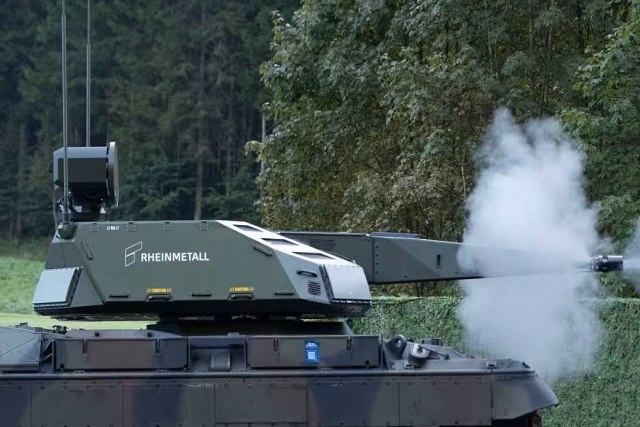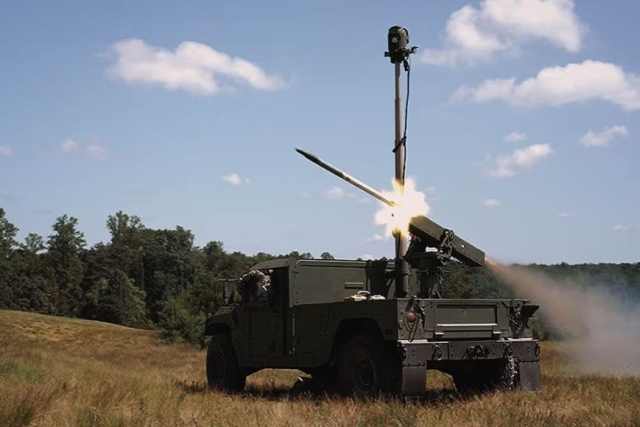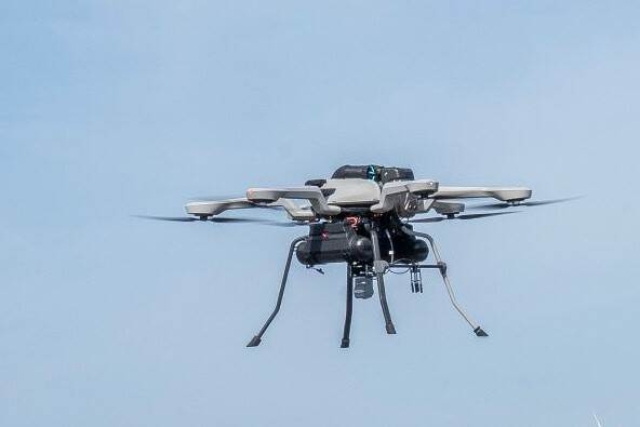U.S. Destroys Chemical Weapons Stockpile

The U.S. military destroyed the final sarin nerve agent-filled M55 rocket on July 7, completing the destruction operation of its obsolete stockpile of chemical weapons.
This marks the destruction of all chemical weapon stockpiles declared to the Organisation for the Prohibition of Chemical Weapons in The Hague. The OPCW is the implementing body of the Chemical Weapons Convention, an international arms control treaty the U.S. ratified in 1997. The treaty prohibits the development, production, acquisition, stockpiling, retention, transfer or use of chemical weapons by all members. The accomplishment meets the U.S.' commitment to complete its destruction operations by September 30, 2023.
The final sarin nerve agent-filled M55 rocket was destroyed July 7 at the Blue Grass Army Depot, Kentucky.
"This is a momentous day for the U.S. chemical demilitarization program," said Secretary of the Army Christine Wormuth. "After years of design, construction, testing and operations, these obsolete weapons have been safely eliminated. The Army is proud to have played a key role in making this demilitarization possible."
As mandated by Congress in 1986, destruction of the U.S. chemical weapons stockpile, which at one time comprised more than 30,000 tons of chemical warfare agents in explosively configured weapons and bulk containers, began in 1990 on Johnston Atoll in the Pacific. The U.S. Army went on to successfully complete destruction of weapons at six more sites across the continental U.S. by 2012 at installations in Alabama, Arkansas, Indiana, Maryland, Oregon and Utah.
While those stockpiles were under destruction, additional legislation required the Defense Department to assess and demonstrate alternative technologies to destroy chemical weapons by means other than incineration. Successful implementation of alternative technologies resulted in the safe destruction of the remaining chemical weapons stored at the U.S. Army Pueblo Chemical Depot in Colorado and at the Blue Grass Army Depot in Kentucky.
In addition, a team of companies in Colorado led by Bechtel National, Inc. completed the destruction of more than 780,000 mustard agent-filled projectiles at U.S. Army Pueblo Chemical Depot on June 22. Destruction operations in Pueblo began in March 2015, with more than 2,613 U.S. tons of chemical agents destroyed using a neutralization method followed by biotreatment and explosive destruction technologies.
The final munition was destroyed July 7 in Kentucky by a joint-venture team led by Bechtel National, Inc. and Parsons Corporation, using neutralization and explosive destruction technologies to eliminate more than 100,000 mustard agent and nerve agent-filled projectiles and nerve agent-filled rockets. Destruction operations at the Blue Grass Army Depot began in June 2019, with more than 523 U.S. tons of chemical agents safely destroyed.
Hon. Deborah G. Rosenblum, Assistant Secretary of Defense for Nuclear, Chemical and Biological Defense Programs, emphasized the dedication of the chemical weapons workforce.
Michael S. Abaie, DoD's Assembled Chemical Weapons Alternatives Program Executive Officer, said the facilities will enter a closure phase for the next three to four years.
"This includes disposal of secondary wastes, decontamination and decommissioning of facilities and equipment, disposition of property, demolition of some facilities, and close-out of contracts and environmental permits. During closure, the safety of the workforce, the public and the environment will remain the program's top priority," said Abaie.









